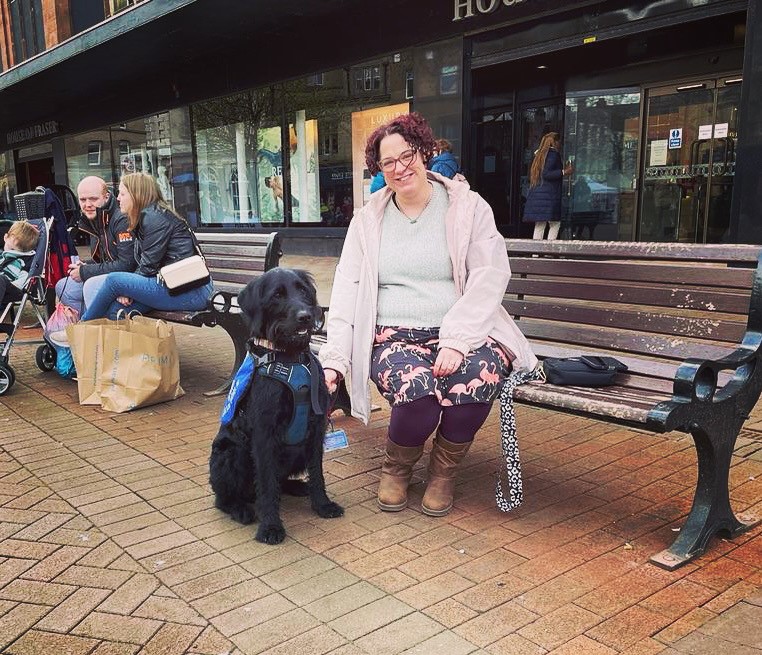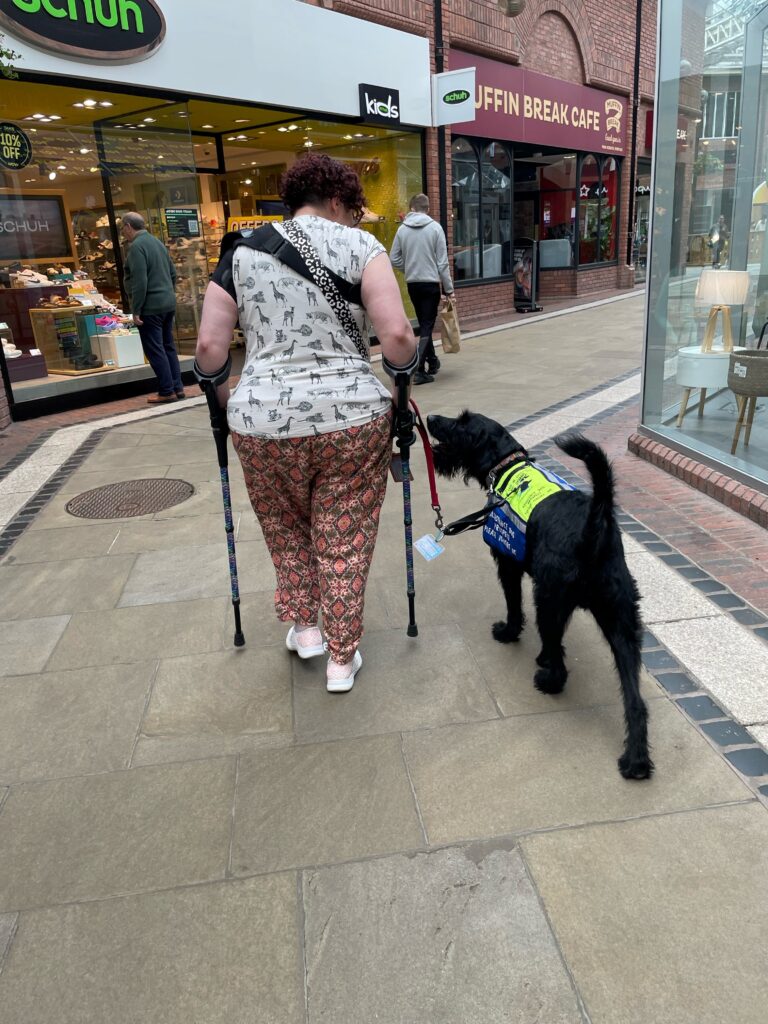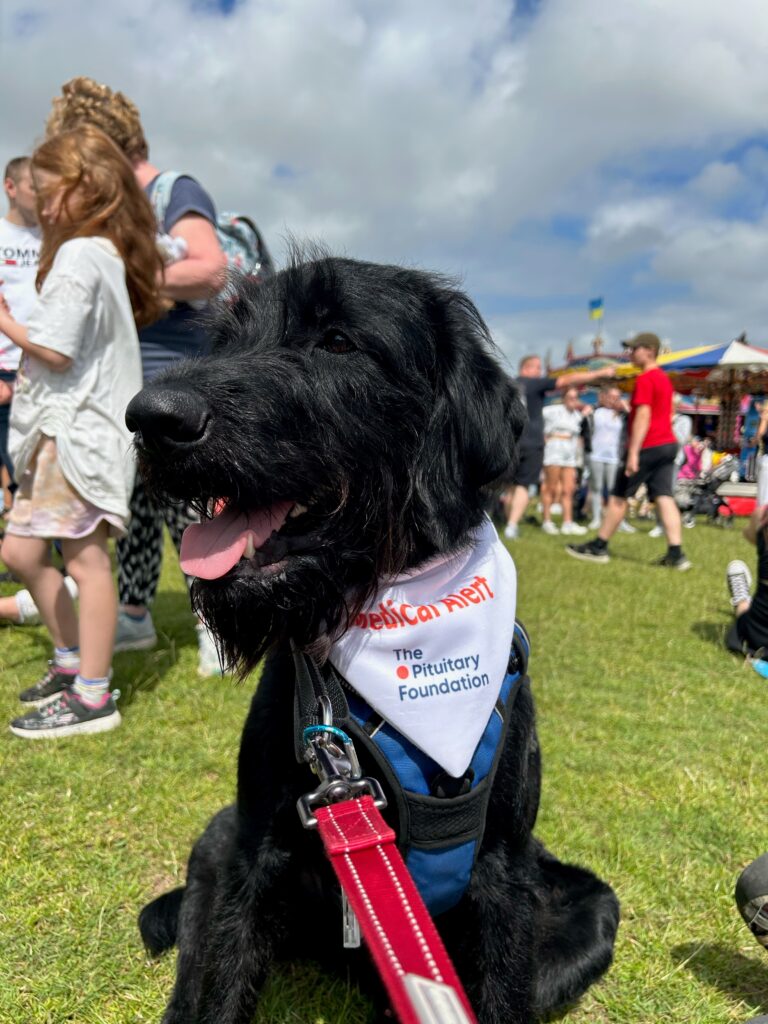
I was diagnosed with Adrenal Insufficiency in 2014 after repeatedly ending up in A&E with what appeared to be an unusual asthma attack and by complete chance after a 2-week asthma ward admission, a consultant ran a Synacthen test and diagnosed me with Secondary Adrenal Insufficiency.
Because the treatment for asthma attacks is the use of steroids, the same as Adrenal Insufficiency (AI), my asthma attacks were probably actually the beginning of an adrenal crisis, and it was sheer luck which had kept me alive so far.
It didn’t get better once I started treatment, even though I took all my medications religiously and did everything I could to try to manage my new condition. It was the start of a long (and still ongoing) process of working out other hormone deficiencies all which trigger my AI regularly.
One of the scariest symptoms was when I started fracturing bones and dislocating joints just by doing simple things like standing up or scratching my head, both of which have landed me in hospital several times with an adrenal crisis. I went from being an active musician and teacher, married and living an independent life, to a disabled person, unable to work or live alone and living with my parents. Not ideal for a 30-something year old!

Here’s where Hamish comes in!
I didn’t want to just live my life scared that the next time I sneezed I’d fracture a rib and have an adrenal crisis but I had to accept that this wasn’t going away no matter how much positive thinking and willpower I tried.
I knew medical alert dogs existed for epilepsy and diabetes so I wondered if there were also ones for detecting low cortisol. I did some research and a whole new world of possibilities opened up.
Anyone with a disability can own or train an assistance dog, providing it performs specific tasks to mitigate the handler’s disability. After a lot of research, I applied to an assistance dog programme with PAWtected CIC, a charity which help disabled people train their own dogs to be assistance dogs, with tuition and assessments all done virtually. It’s ideal for me because it means I don’t have to travel to a training centre and I can schedule training around good and bad health days.
It’s definitely not easy and straight forward though, particularly with low cortisol medical alerts. Cortisol is supposed to fluctuate throughout the day, with its highest point first thing in the morning and lowest overnight.
It means that I can’t just train Hamish to recognise when I’m low on cortisol generally, because otherwise he’d be alerting me all night when I’m not actually ill, I’m just asleep! Instead, I’m training him to detect the symptoms I have when I start losing cortisol quickly, so he’s recognising the sudden change in my condition, rather than just being low on cortisol.
To do this, I collect saliva samples when I know I’ve definitely got low cortisol symptoms and we train using them. As far as he’s concerned, whenever he smells “that smell”, he gets a treat. If he sits in front of me and gives me his paw (the alert indicator), or stops and paws the ground if we’re walking, he gets an extra special treat- so he loves it!
He was actually already alerting me naturally long before I started the training, I just hadn’t realised his Paddington-like stares and random burrowing the floor were him trying to get my attention.
At the moment, he’s only really able to alert me at the same time as I start noticing my low cortisol symptoms, but he’s slowly beginning to give me some advanced alerts. The trouble is, there’s no way of checking what my cortisol level is, like a diabetic can check their blood sugar, so sometimes I just have to trust that his nose knows best, and sit on the floor with him and wait. He’s usually right though- he’s done it a few times when I’ve felt fine, but later on in the day I’ve had to up the dose of my steroids.
We recently put the medical response side of his training into practice, when I fell over. I’ve trained Hamish to find and alert my parents- they’ve each got code names so they’re not words he’ll hear in normal conversation and Hamish knows if I say “find Bert” or “find Ernie” he has to run as fast as he can to find them. He’s also trained to go get my emergency injection kit and to find my phone.
When I fell over and badly hurt my knee, Hamish found my dad, fetched my injection kit and then laid down calmly and waited while my dad helped me. A trip to A&E showed nothing was broken but I needed to go back on crutches for a bit.
Being in a lot of pain and struggling to move makes me burn through my steroids fast, so my parents wouldn’t normally leave me alone even for short periods until I was functioning a bit better- what if I fell again? Or I slept through my alarm telling me to take my steroids? But with Hamish, he can get my phone and my injection kit, and I’ve trained him to come and paw me when he hears my phone alarm until I take my pills. You can turn off an alarm while half asleep, but it’s really hard to ignore a dog who’s pawing you until he gets his treat!
However, his learning continues. We’re in the process of Hamish picking things up from the floor, taking my socks off, finding various objects like shoes, the tv remote or a snack, carrying light objects in his mouth, and opening doors.
They’re all tasks I can physically do myself, but having Hamish to help me means I can do a lot more things independently overall and without it taking a long time to do. Anyone who has Adrenal Insufficiency knows that the best way to manage the fatigue side of it is to save as much energy as possible.
Once Hamish is fully trained, he’ll be able to apply these skills out in public too, like passing me things from low shelves.
Knowing that Hamish can help me in an emergency and alert me has reduced the mental load of having AI a lot…

I might be more disabled than I’d like, but training Hamish has allowed me to raise awareness about AI both when we’re out and people asking us questions, and through his social media pages (@helperdoghamish on Instagram and @hamishthehelperdog on TikTok and Facebook).
He’s already helped me gain some independence back, and hopefully other people can see how much a positive impact having an assistance dog can have on their endocrine conditions too.







